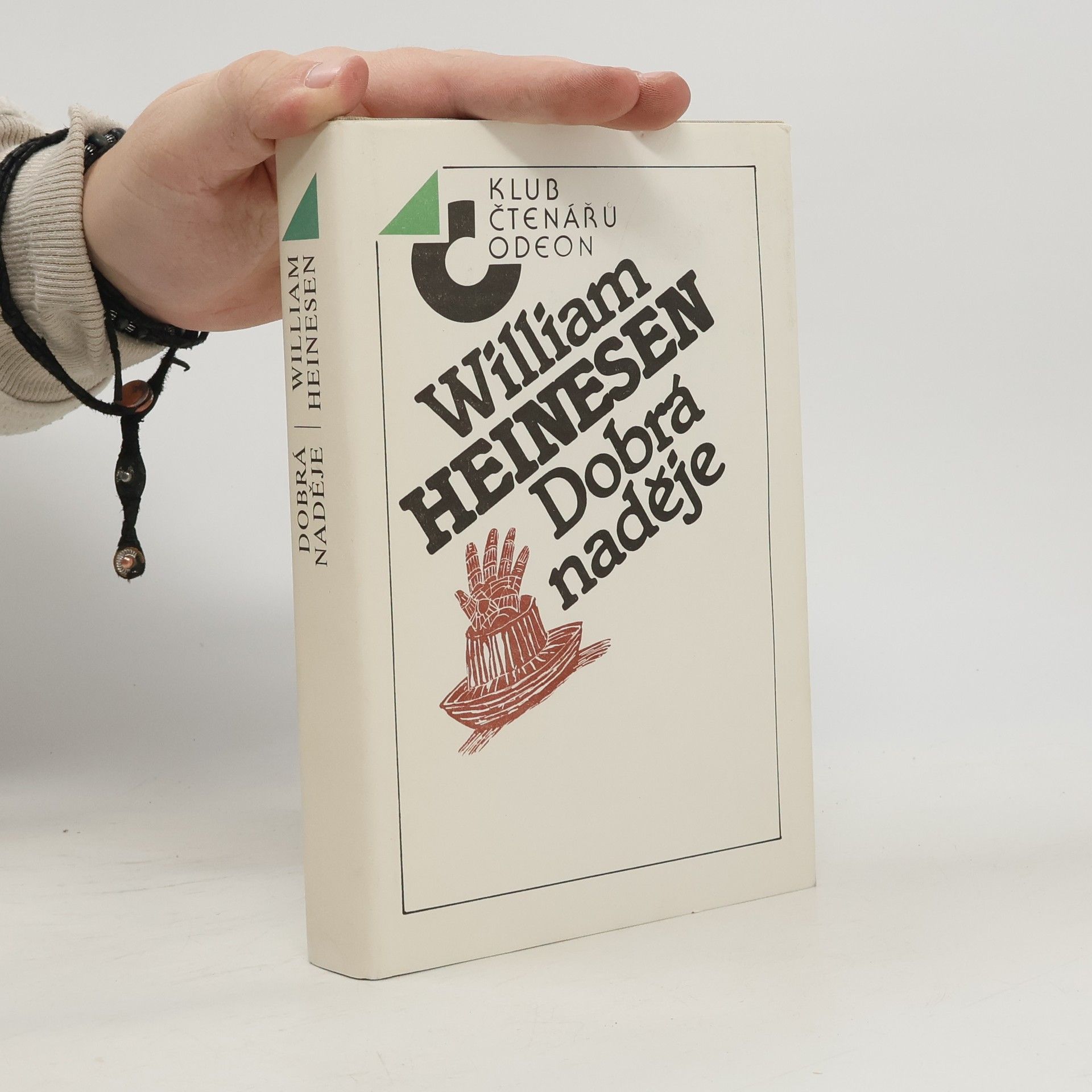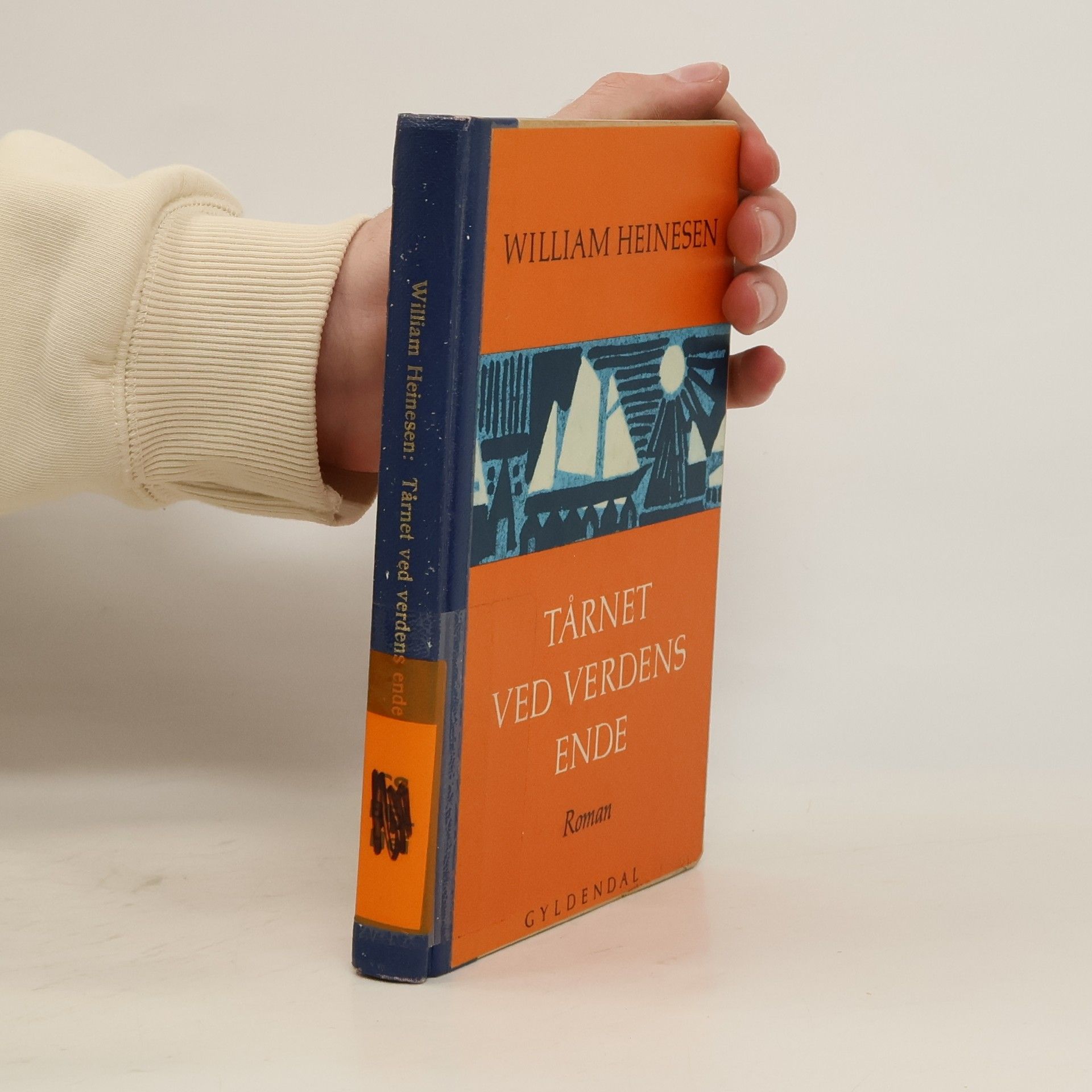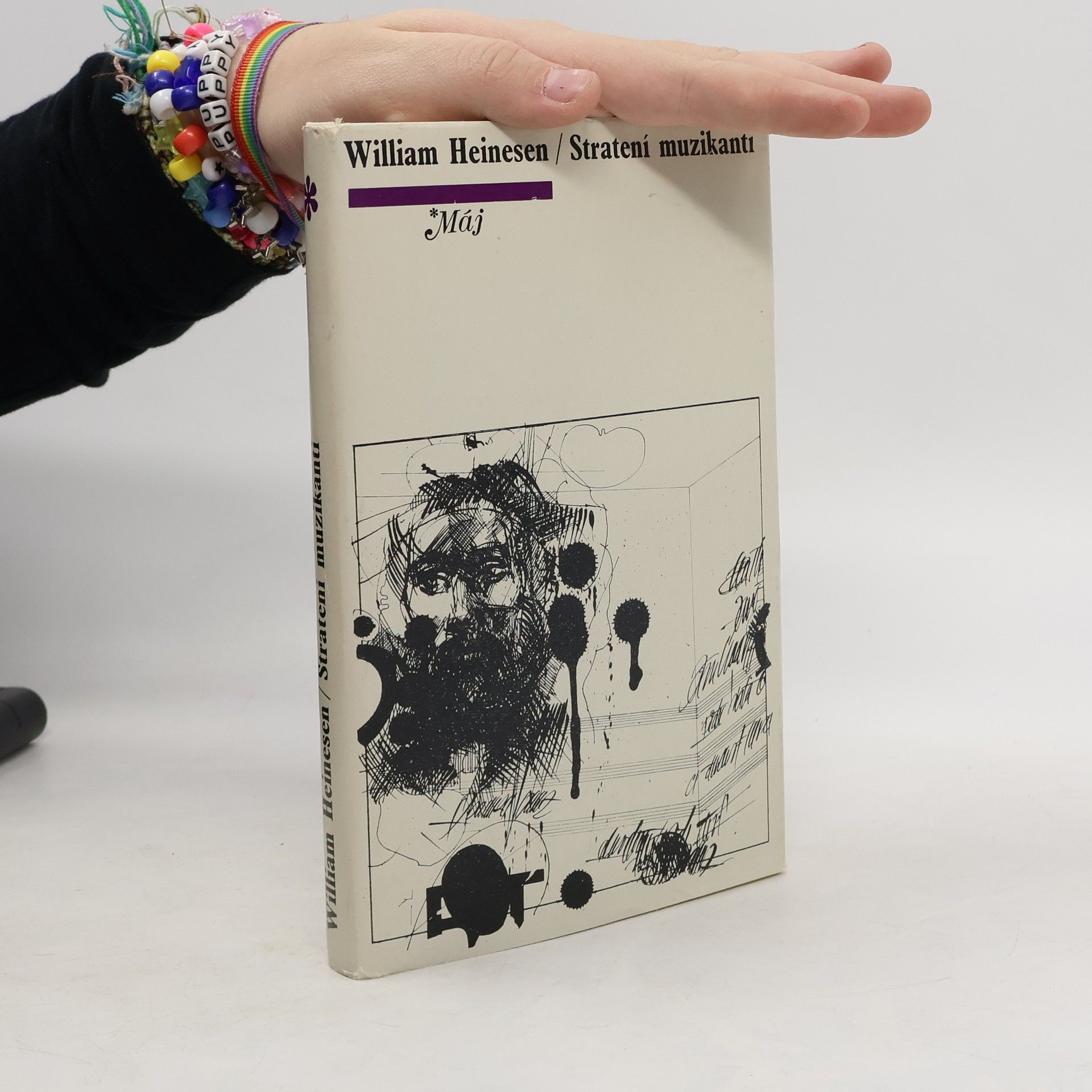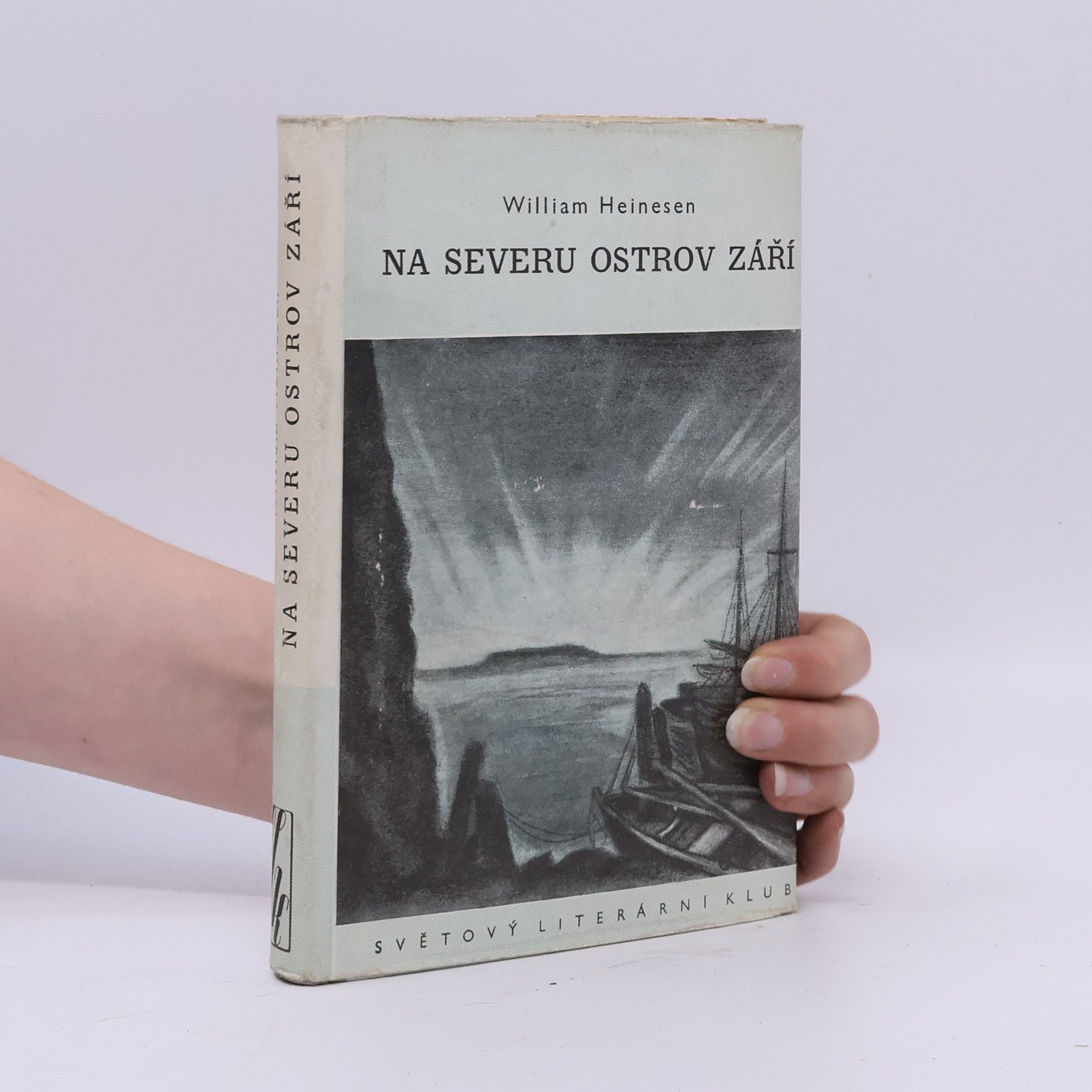William Heinesen Books
William Heinesen stands as the preeminent literary voice from the Faroe Islands. Though he primarily wrote in Danish, his works, all deeply rooted in the Faroese landscape, have been thoughtfully translated into his native tongue. Heinesen famously declined a Nobel Prize nomination, expressing a profound commitment to elevating Faroese literature, believing the honor should go to a writer working directly in the language. His narratives capture the unique spirit and cultural fabric of his island home.







William Heinesen (1900–1991) erfasste in seinen Romanen, Gedichten und Erzählungen das Leben auf den Färöern wie kein anderer. »Hier wird getanzt!« bietet eine Auswahl seiner besten Erzählungen, in denen Heinesen sowohl Archaik als auch Moderne aufgreift und das spezifische Inselleben der Färinger in einem einzigartigen Ton festhält. Die Erzählungen und ihre Protagonisten sind vom rauen Meereswind geprägt – Menschen und Worte gehen eigensinnig ihren Weg vor der ewigen Weite von Himmel und See. Auf den abgelegenen Inseln im nördlichen Atlantik, wo nur 50.000 Menschen leben, scheint das Leben klein, doch die Sehnsucht nach der Ferne ist groß. Im Kleinen lässt sich der gesamte Kosmos konzentrierter ablesen. Heinesen, der zweisprachig aufwuchs und Dänisch schrieb, um ein größeres Publikum zu erreichen, zeigt in seinen Erzählungen tiefe Feinfühligkeit und existenziellen Humor. Sie bewegen sich auf dem Grund der felsigen Inseln und reichen weit in die Fantasie, Mythen und Halluzinationen hinein. Heinesen mischt autobiografische Elemente mit Fiktion und spielt mit Zeiten und Räumen. Inga Meinckes präzise Übersetzung lässt die Kontraste in Heinesens Geschichten klarsichtig auf den Grund der Dinge und das Wesen der Menschen blicken.
Děj románu se odehrává za druhé světové války na Faerských ostrovech - malé zemičce uprostřed oceánu mezi Norskem a Islandem. Hlavními postavami knihy jsou obyvatelé městečka ležícího u zátoky oficiálně nazvané Královský lodní přístav, lidově zvané Kotel - vojáci, běženci, duše čisté i posedlé ďáblem, opory společnosti i její zapřisáhlí nepřátelé.
Heinesenův čtenářsky nejúspěšnější román, odměněný Cenou Severské rady, je psán formou fiktivních deníkových záznamů dánského faráře Petra Borresena, který přijede na Faerské ostrovy, aby se zde ujal svého nového kněžského úřadu. Píše se rok 1669 a na Faerských ostrovech, jež jsou lénem německého parvenu Christoffera Gabela, oblíbence absolutistického krále Frederika III. , vládne útlak a bezpráví. Kromě toho zde vzkvétá pověrečná blouznivost, extaktická víra v nadpřirozené jevy a bytosti, a to nejen mezi prostým lidem, ale dokonce i ve vysokých církevních kruzích. Proti oběma zlům se Petr Borresen rozhodne bojovat, je však ve svém boji takřka osamocen a nejednou se zdá, že vše je definitivně ztraceno. Nepřátelé využijí jeho slabostí (rád si přihne a ženy mu občas projevují větší náklonost, než se na božího služebníka sluší), takže z žalujícího se málem stane obžalovaný. Nakonec je však přece jen učiněno spravedlnosti zadost. V Dobré naději, tak jako v celém svém díle, manifestuje Wiliam Heinesen svou víru v lidskou důstojnost a svobodu.
Dej Stratených muzikantov sa odohráva vo faerskom prístave Tórshavne. V knihe ožíva niekdajší faerský svet, ktorý autorova spomienka vyťahuje zo zabudnutia a tým mu dáva istý nádych rozprávkovosti. Pred čitateľom sa pomaly rozvíja farbistý dej života v mestečku, postupne sa zrýchľuje, až vyvrcholí priam detektívnou zápletkou, ktorá sa vyvinie z nevinného hľadania pokladov. V popredí celej mozaiky postáv a postavičiek je muzikantská rodina starého zvonára Isaksena, jeho traja synovia Móric, Sírius a Kornélius, ktorí zdedili po otcovi neuhasiteľnú lásku k hudbe a večný nepokoj v srdci. S nimi žije v mestečku staručký, chorľavý učiteľ hudby Boman, večne opitý, dobromyseľný Ole Brandy, magister Mortensen, píšuci veľké dielo o Satanoví, výbušný, no ľútostivý maliarsky majster Mac Bett, fanatický sektár prednosta sporiteľne Ankersen, jeho stratený syn, podvodník Matte-Gok atď. Rozprávkový podtón autorovi umožňuje do dejov realisticky zapojiť i legendárne postavy, žijúce dodnes v ústnom podaní, i čarodejnicu Ulu z Vŕšku a piadimužíka Krabieho kráľa. Smiech sa strieda s plačom, baladu presvecuje humor, pochmúrne akordy podfarbujú veselé zvuky. Poézia každodenného života, hlboké pochopenie ľudských osudov a svieži, optimistický tón dávajú knihe osobitý pôvab a robia ju pre čitateľa mimoriadne príťažlivou
Román dánského spisovatele z prostředí autorových rodných Ovčích ostrovů z doby před první světovou válkou. Tehdy to bylo malé, zapomenuté městečko a z osudů jeho obyvatel vytvořil autor barvitý obraz života v severské přímořské osadě. V popředí stojí muzikantská rodina KostelníkaIsaksena. Jeho tři synové Moritc, Sirius a Kornelius, kteří zdědili po otci neuhasitelnou vášeň k hudbě a věčný neklid v duši, prožívají různé podivuhodné osudy, jež končí téměř detektivním závěrem.
Kniha povídek (Atalanta, Gamalielova posedlost, Mokrá otčina, Tindholm, Bláznova zahrada, Cesta na nebesa) soudobého faerského spisovatele (nar. 1900), jenž je i výborným hudebníkem, malířem a grafikem. Jsou vybrány z větší sbírky povídek, vynikají jemnou kresbou přírody rodné země, básnivou silou a hlubokým porozuměním pro zmatky a jistoty lidských duší.
Na severu ostrov září
Román z Faerských ostrovů



